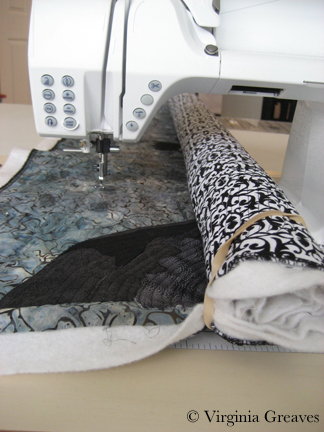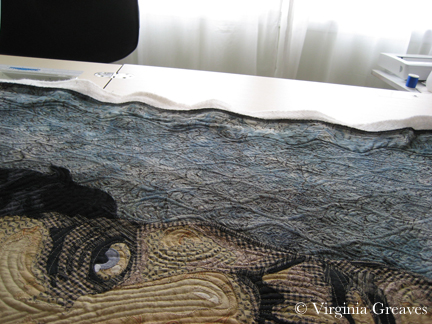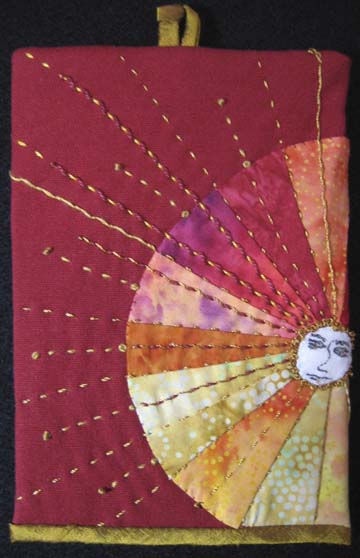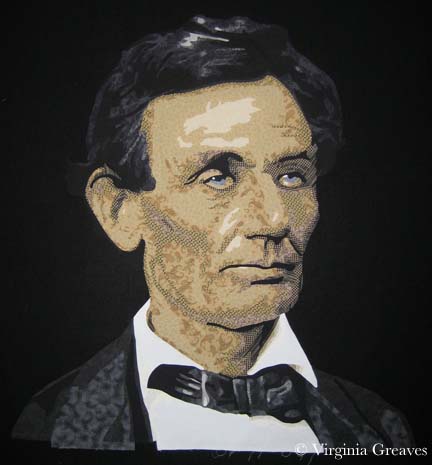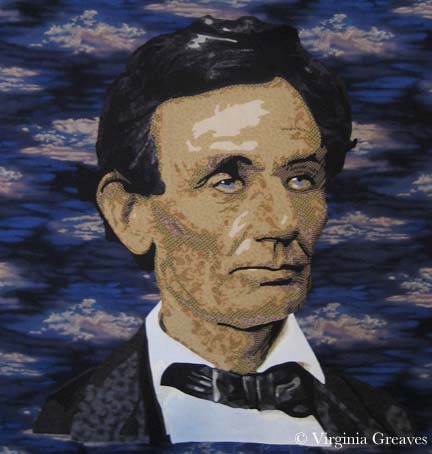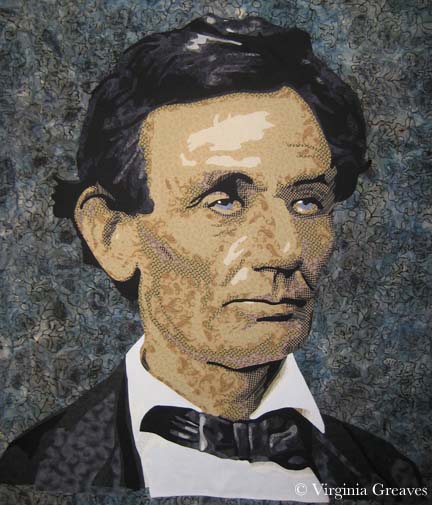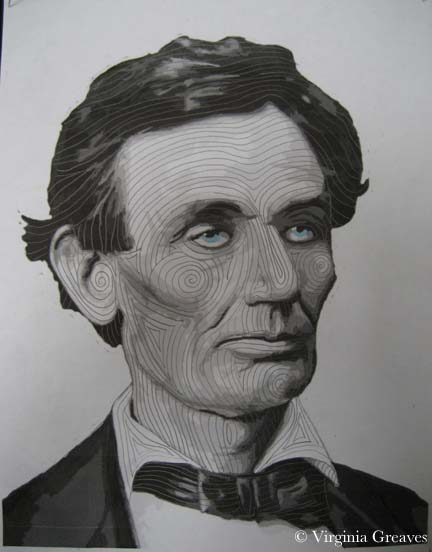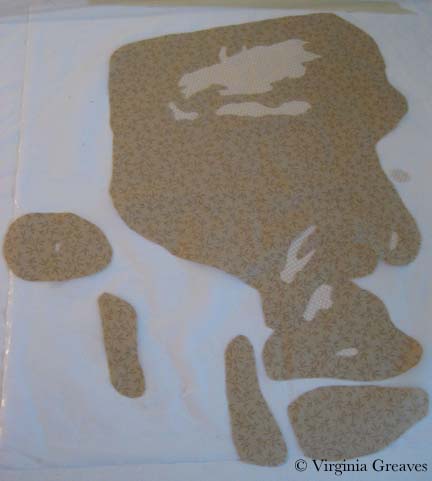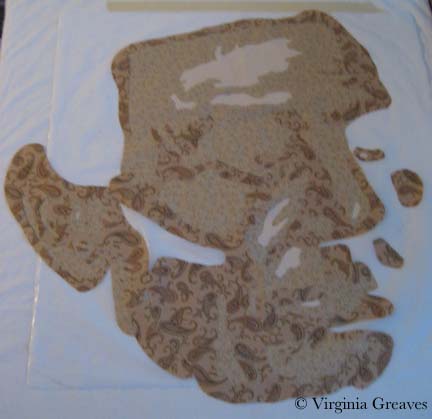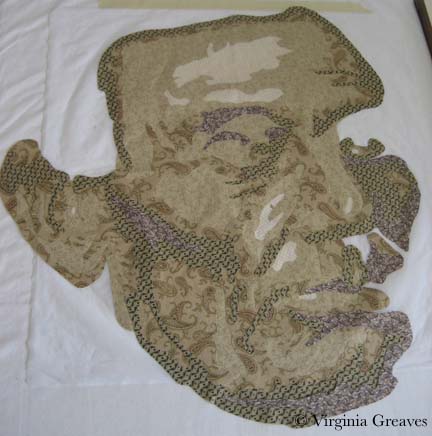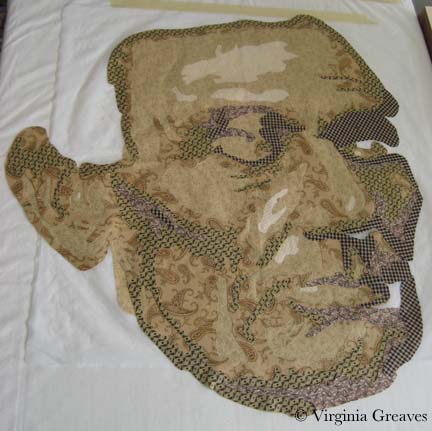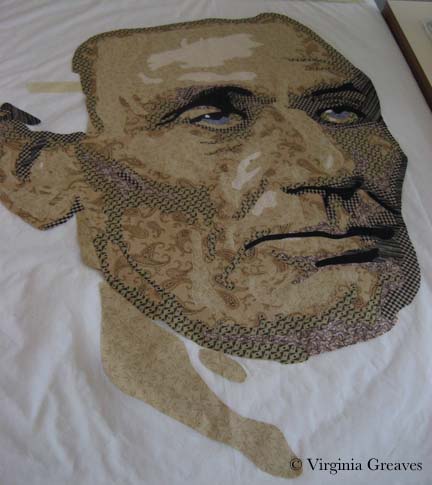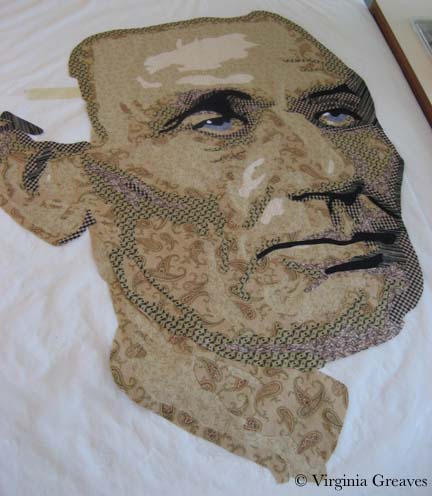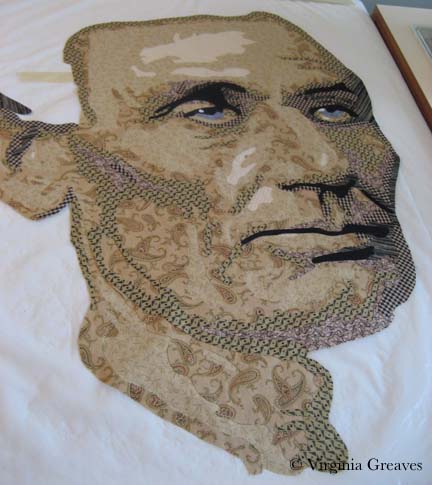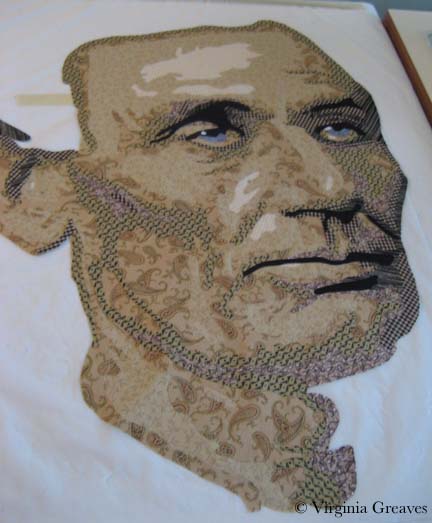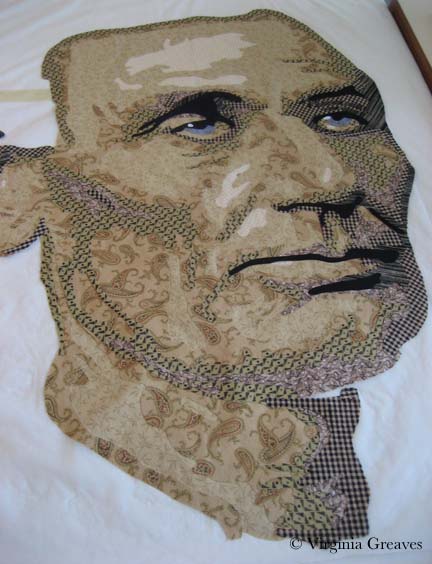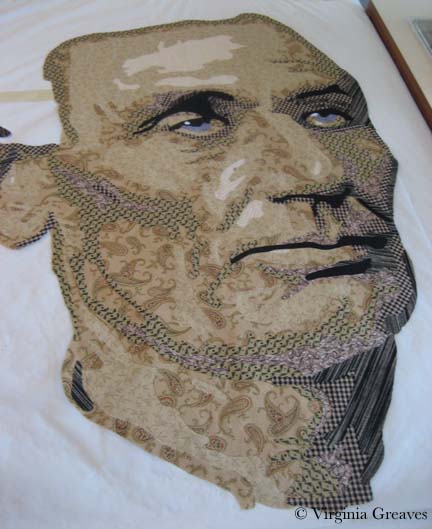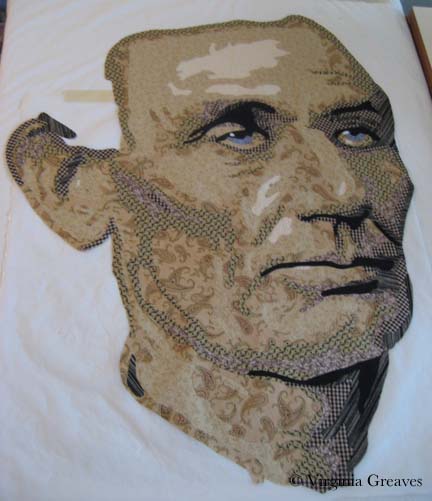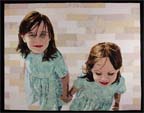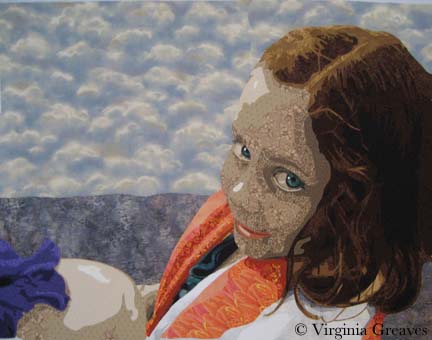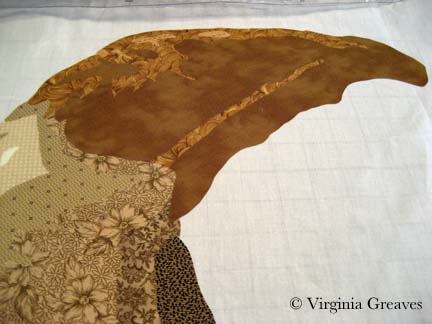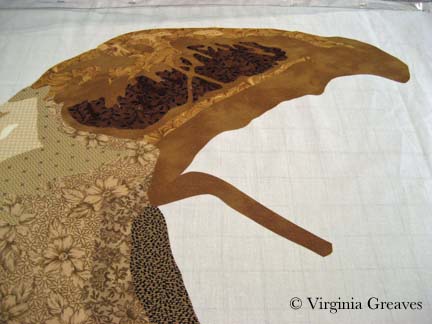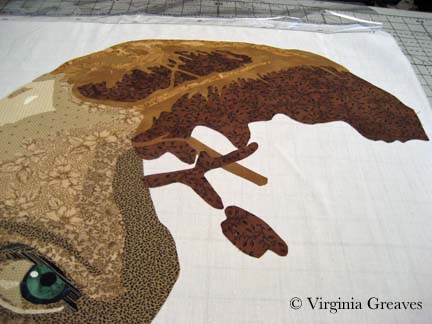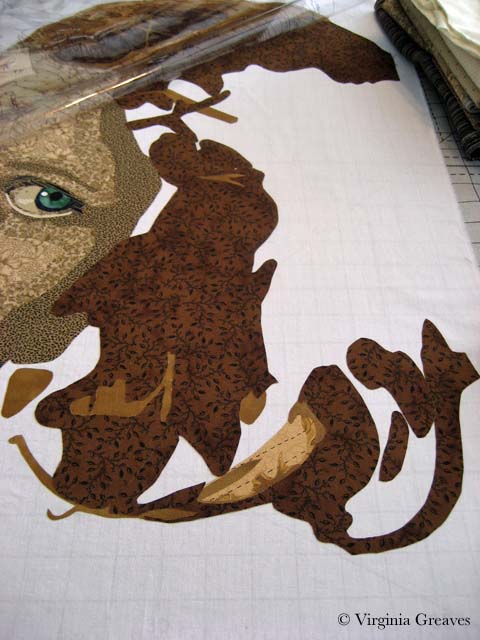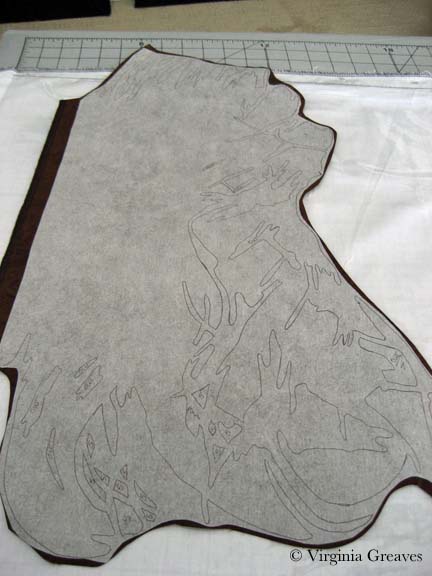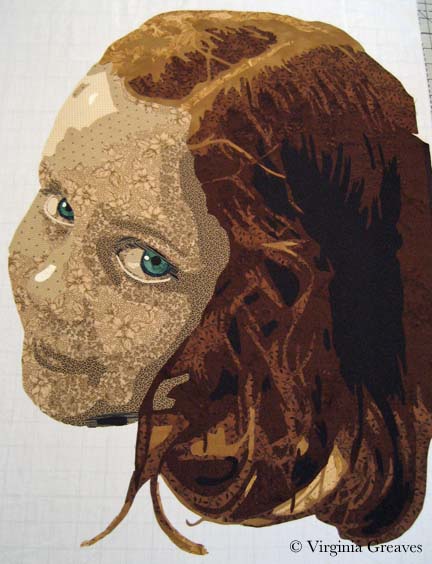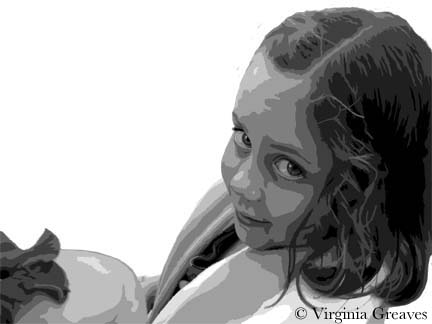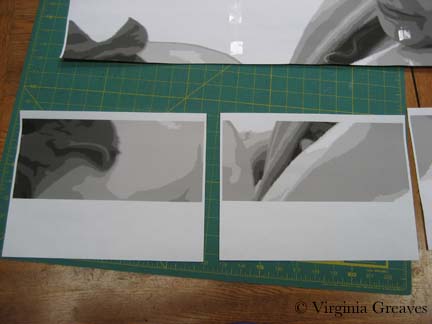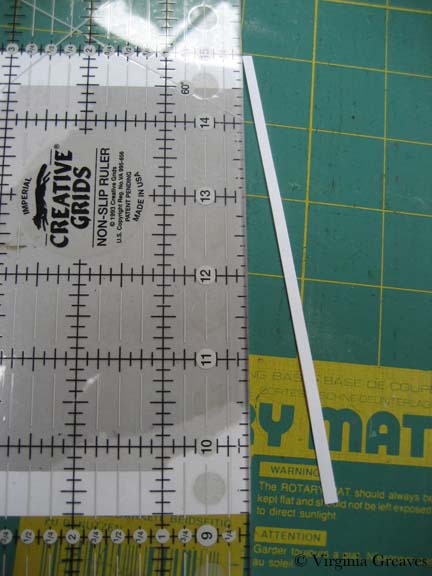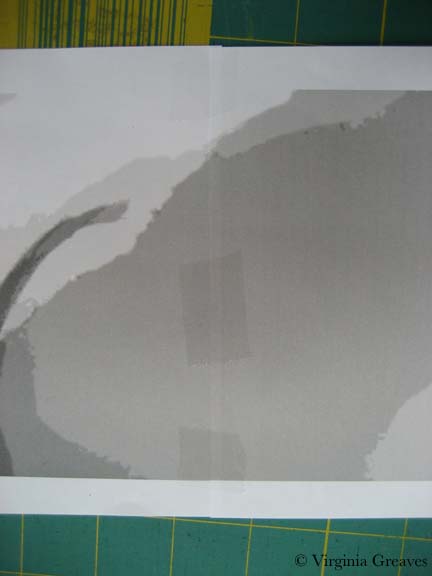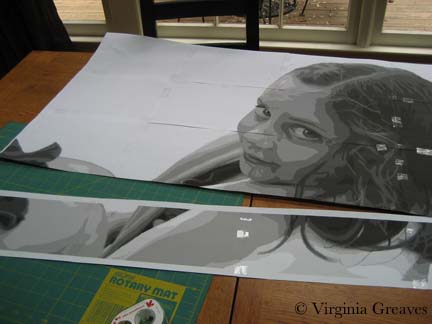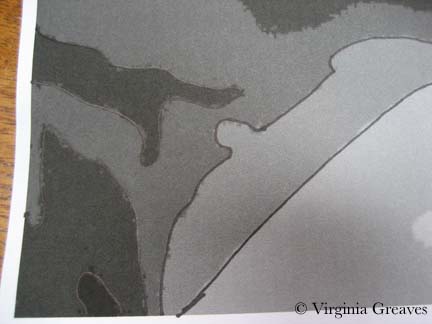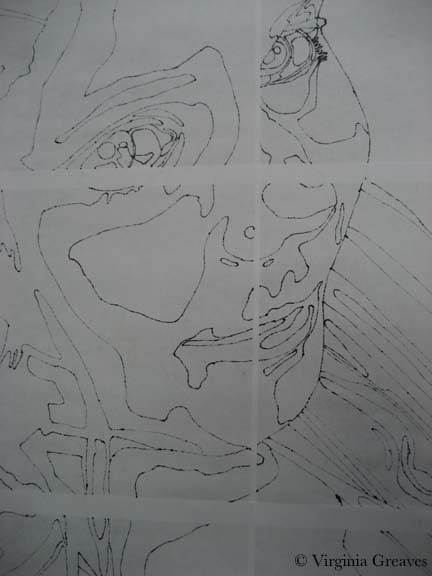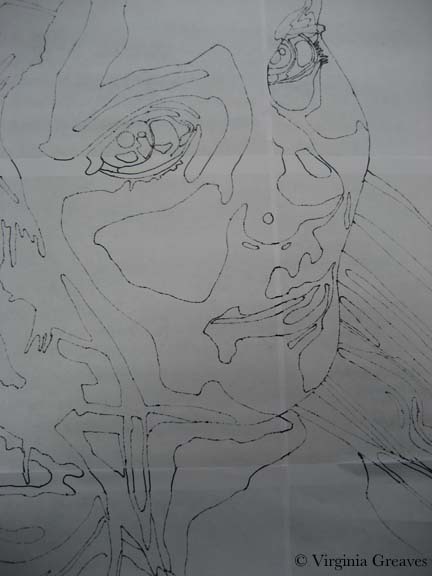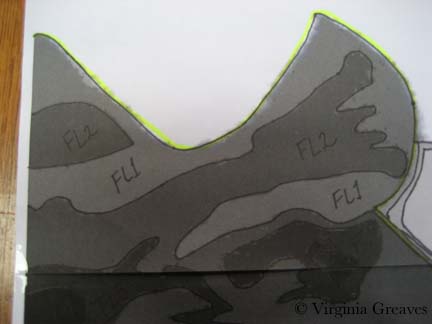One of my art friends on Facebook, Kimberly Baxter Packwood, asked yesterday what was our top accomplishment for the year. Lisa Call and Dale Anne Potter chimed in — and I began to realize that making a list of what I accomplished in 2012 was definitely something I needed to do. My first list was less than twenty, but after reading Lisa’s list (she lists 100 every year), I realized I wasn’t giving myself enough credit. So I’ve been working on it.
At first I also had a list of disappointments, but I decided that those were actually risks that I took that should be counted as accomplishments. Without risk, we’d never travel anywhere new.
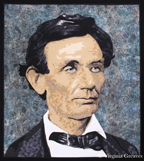
– Accepted into Fulton County Artist’s Registry in Atlanta, GA.
– Accepted into the La Conner Quilt Festival in La Conner, WA (Bukonyan Elder).
– Won 1st place at the La Conner Quilt Festival (Bukonyan Elder).
– Accepted into the Georgia Artists Show at the Abernathy Arts Center in Sandy Springs, GA (Amelia Earhart, Beach Guardians).
– Won 3rd place at the Georgia Artists Show (Amelia Earhart).
– Accepted into International Quilt Festival/Houston: World of Beauty in Houston, TX (Beach Guardians, A Walk In Twilight).
– Included in the invitational show International Quilt Festival/Houston: Pets in Houston, TX (Unconditional).
– Included in a IQF exhibit review by Sophie Rubin on Youtube (Unconditional).
– Accepted into the book Art Quilt Portfolio: People & Portraits being published by Lark Crafts in April 2013 (Celtic Woman).
– Included in the invitational show Fiber Art Fusion: Artifact at The Art Place in Marietta, GA (Arminta Patterson, The Ties That Bind Us).
– Spoke about my work at the Gwinnett Quilter’s Guild & taught my workshop on Pet Portraits.
– Gave a seminar on Textile Photography at Fiber Art Fusion in Marietta, GA.

– Created five portrait pieces, two of them with two figures.
– Made a portrait almost exclusively with ties from my stash and local thrift stores (The Ties That Bind Us).
– Updated my website for each of my new pieces.
– Reconstructed and updated my art resume.
– Updated my LinkedIn resume, adding my exhibition achievements.
– Wrote 22 blog posts (23 with this one) — averaging almost twice a month.
– Submitted work to Art Book Archive: Atlanta for inclusion (haven’t heard on e-book publication yet).
– Created a Page on Facebook for my art & syndicated my blog posts to it.

– Lost 11 pounds and dropped two clothes sizes.
– Developed a way to create figures in large sections so that I could construct them in manageable pieces on a temporary surface and then build a more complicated piece on the background.
– Went zip-lining in Honduras.
– Went cave tubing in Belize (after hiking over river rocks and breaking my toe).
– Went snuba diving in Mexico.
– Took thousands of sports photos and learned to share them through DropBox.
– Photographed the Fiber Art Fusion Artifact annual exhibit and holiday exchange.
– Indoor trained a new puppy.
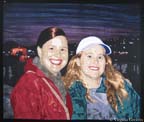
– Converted hundreds of printed family pics to digital.
– Finally found the names of my paternal grandfather’s parents and was then able to take that part of my tree back to 466 AD with the birth of King Clovis I.
– Served as a Unit Leader and Troop Treasurer for my daughter’s American Heritage Girls troop.
– Created a 5”x7” piece for the Fiber Art Fusion holiday exchange that I’m using as a model for a larger piece.
– Visited Mary Jo’s Cloth Store in Gastonia, NC.
– Learned about head concussions and other soccer injuries from my daughter.
– Spent a week in Ponte Vedra, FL for Spring Break taking lots of beach pictures and exploring Saint Augustine.
– Helped Rebecca Reasons-Edwards curate Fiber Art Fusion: Artifact exhibit.
– Played roles of volleyball mom, lacrosse mom, soccer mom, and choir mom.
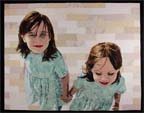
– Saw MacBeth downtown at Shakespeare’s Tavern.
– Applied for a part time job at local children’s hospital (not accepted).
– Applied for entry into Quilts=Art=Quilts for the first time (not juried in).
– As of 12/30/12, there were 12,680 views on my website for the year — which was down 23% from 2011. This was caused by a bubble in 2011 from a mention of my blog in Quilter’s Home Magazine, but although views dropped between 2011 and 2012, views increased 154% from 2010 to 2012 so I was able to keep a lot of my traffic after this unexpected marketing windfall.
– Created a Facebook banner highlighting my work.
– Learned how to make resin jewelry.
At this point, only half of the work is done. I’m still working on my goals and will share that in another post.


